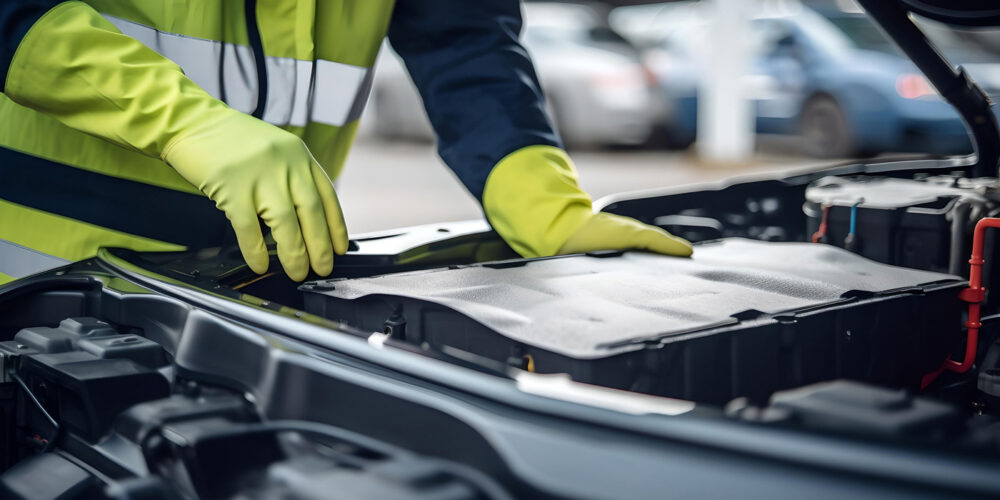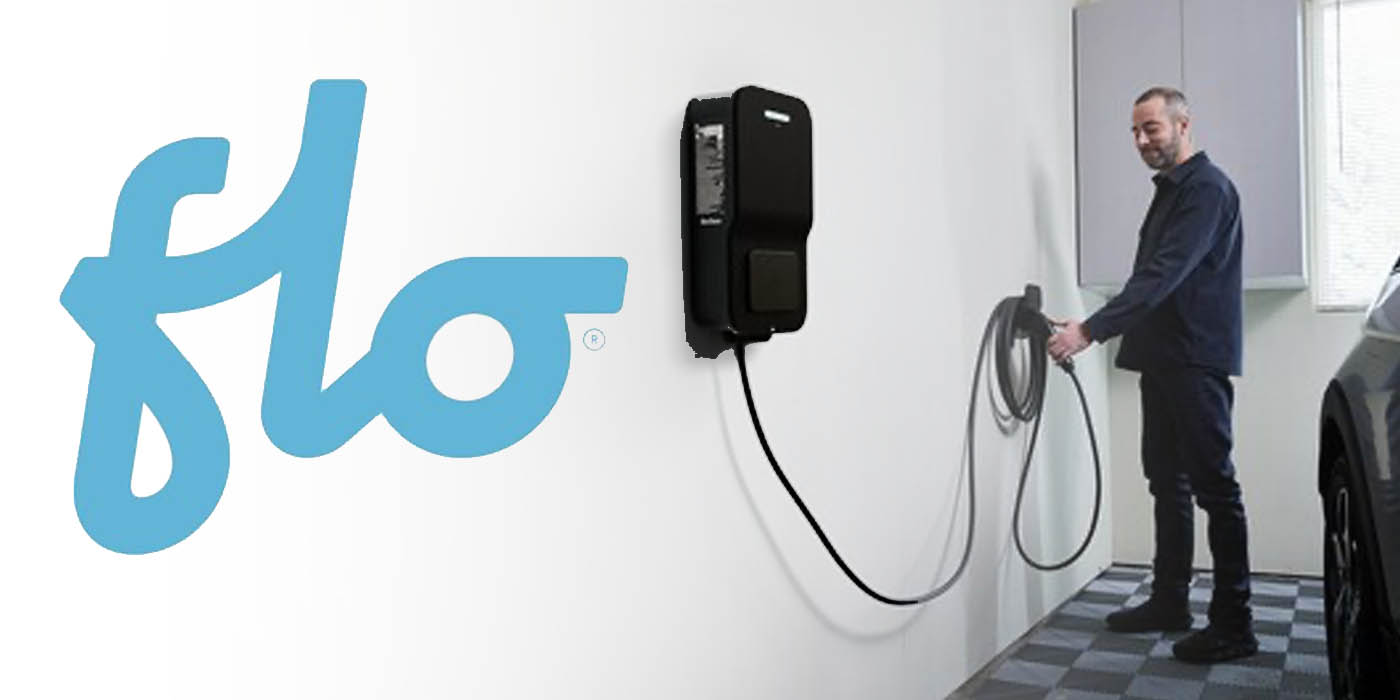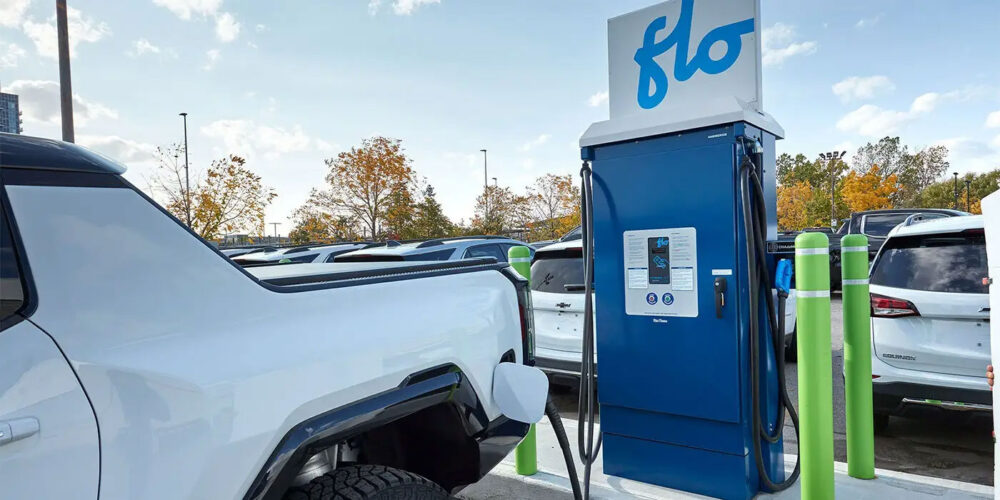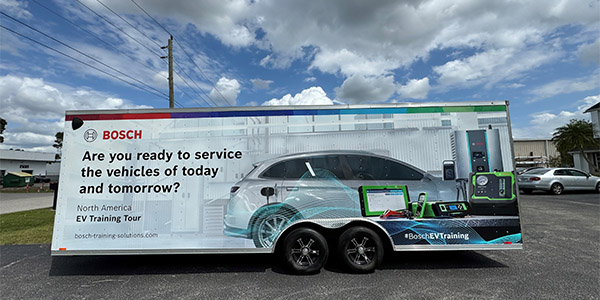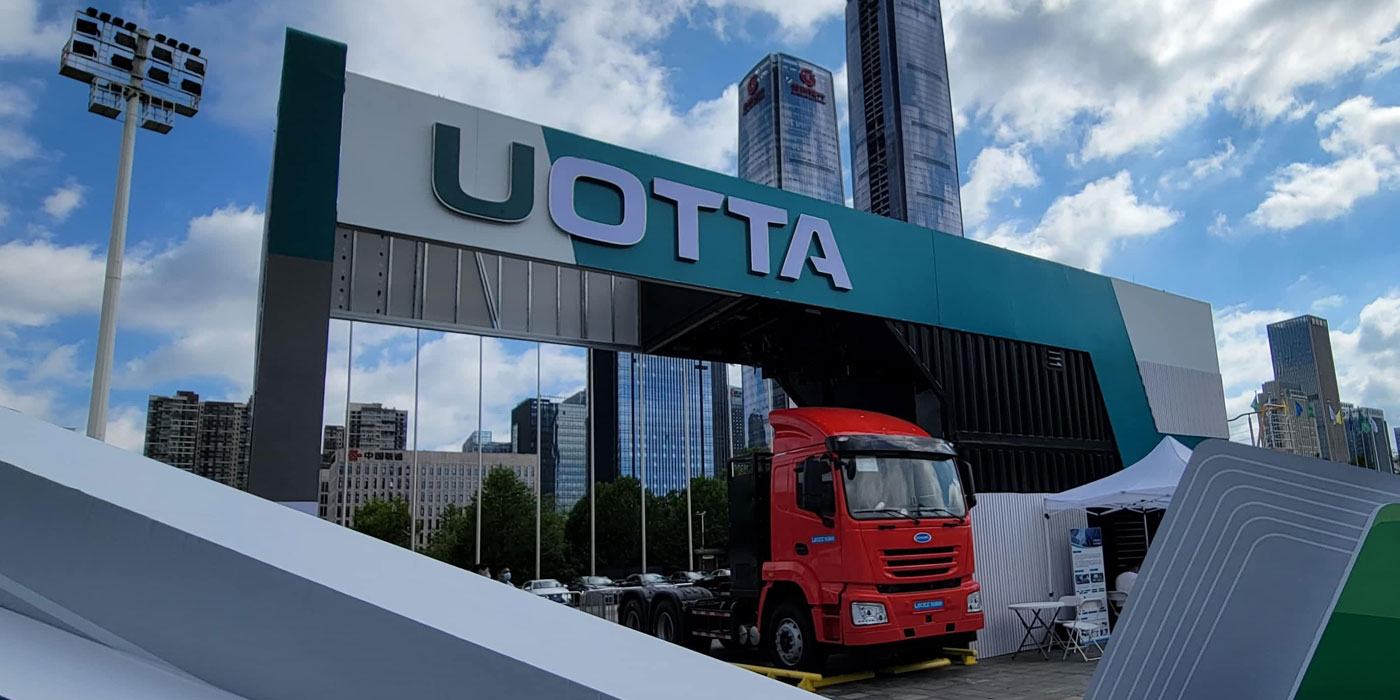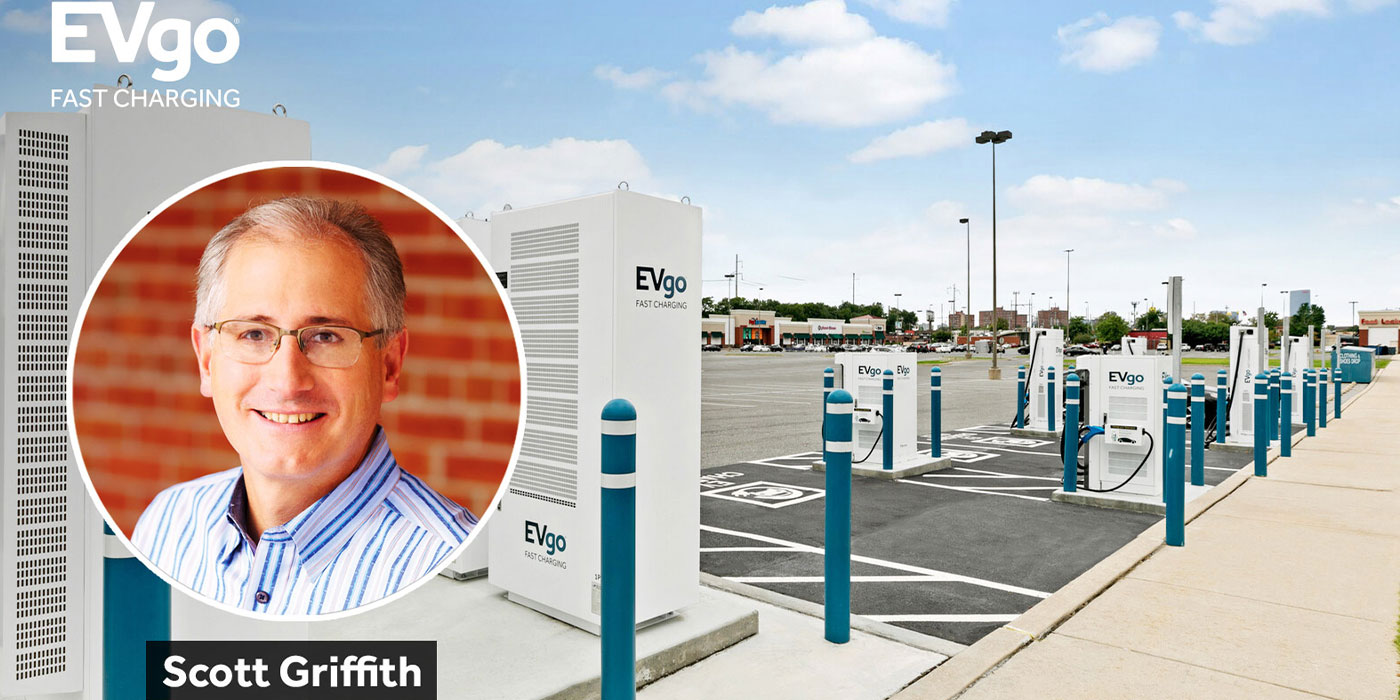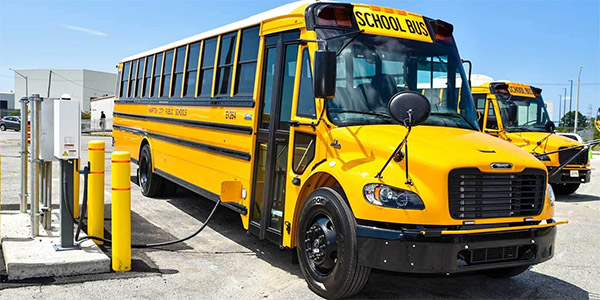EV sales are ramping up, with some estimates projecting electric vehicles representing as many as 40% of total passenger car sales by 2030. Shop owners around the country are taking note and are preparing their bays with all sorts of new equipment to service these vehicles, but it’s all for naught if their technicians aren’t trained to properly handle the task. Part of that training means understanding what tools are appropriate for ICE vehicles and which need to be used on EVs.
For Jake Sorensen, NAPA Auto Care technician, it’s simply a matter of safety.
“When you’re working on things like the suspension, steering work and other things like that, the tooling list is going to be the same as what any shop would already have. But, when we start working on inverters and motors and batteries, there’s a whole new line of tooling that we need to be safe and insulated,” Sorensen says. “Having the right safety equipment, the right tooling, and then, of course, technician training and knowledge, are the biggest parts of safety.”
Sorensen says that the NexDrive Powered by NAPA training program, which the company brought to the U.S. earlier this year, is a great place to start in getting technicians trained on best practices. Recognizing that tooling continues to be an issue in shops working on EVs, NAPA is also introducing Carlyle Insulated Hand Tools, which is the first full line of insulated hand tools available to EV technicians in the aftermarket, according to Susan Starnes, VP, emerging markets at NAPA.
“You’re going to find a lot of insulated tools out there, but are they really appropriate for the use? You really have to make sure that they’re rated to 1,000 volts,” Starnes says. “Occasionally, we’ll find pockets of some screwdrivers here and there, but we’re the only ones that currently have the whole line.”
Both Sorensen and Starnes addressed the evolving role of technicians in the context of EVs, emphasizing that understanding diagnostics and repair procedures is becoming increasingly crucial for technicians. As is the case with EVs, Starnes says ADAS calibrations will present a big learning curve for shops trying to get into that side of the business.
She noted that although EV and ADAS work are evolving separately in the marketplace, in some cases it could be advantageous for a shop to invest in both of these services.
“A lot of it really depends on the market you’re in. Obviously, with EVs, there are a lot of workshops that are saying, ‘This is coming. I see the opportunity. I could really gain some market share.’ A lot of people who have EVs also have an ICE vehicle, so they don’t want to go to two different workshops. So, you’ll get both when you get into that business too.”

